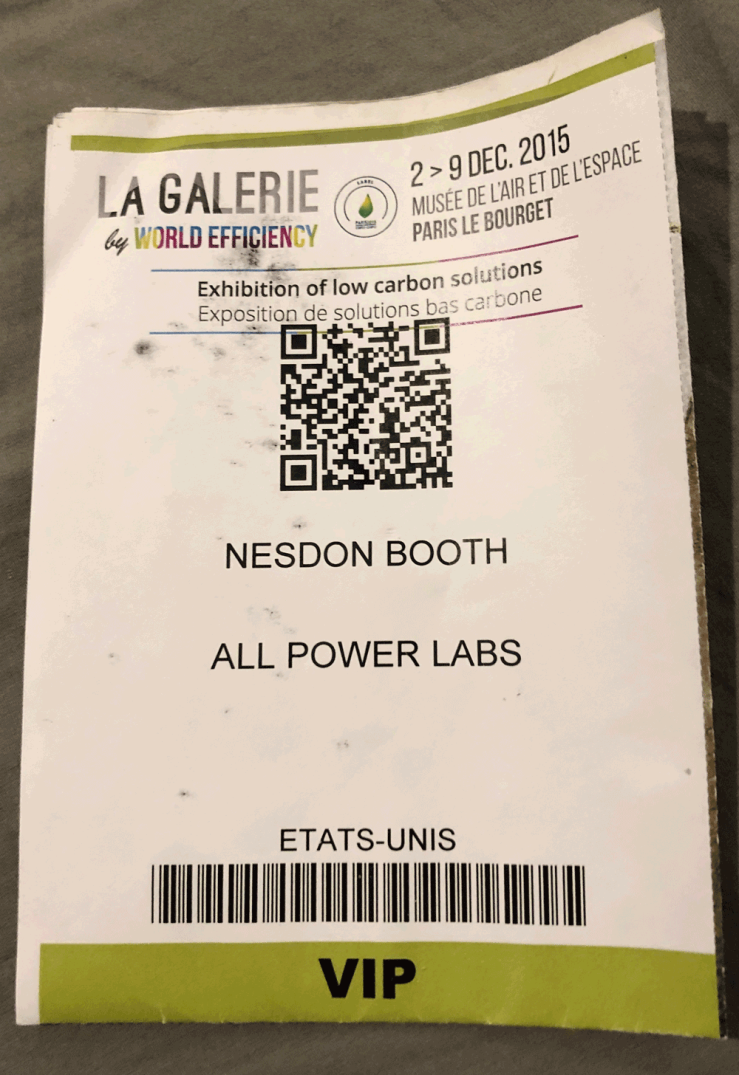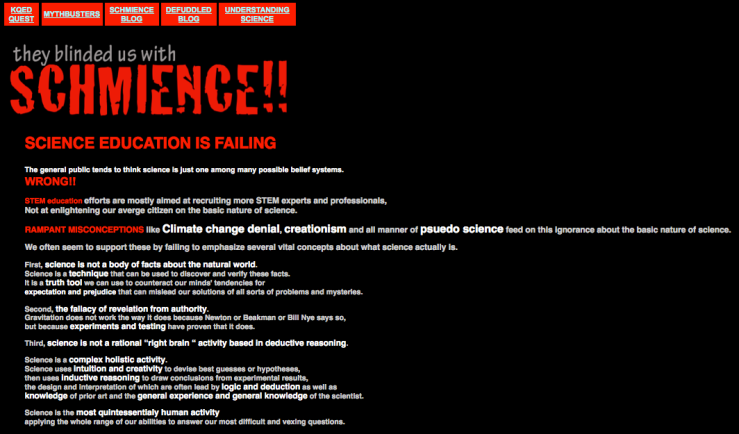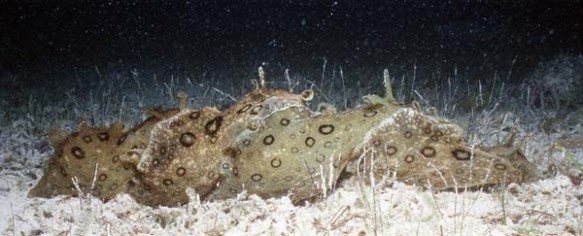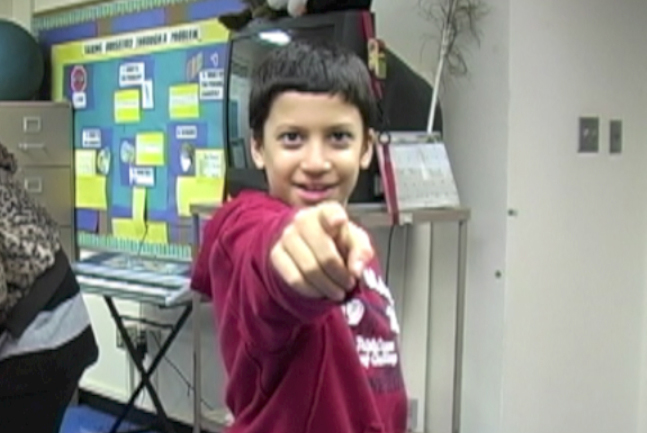
February 24 by the WaPo Editorial Board
WE FAVOR a Green New Deal to save the planet. We believe such a plan can be efficient, effective, focused and achievable.
The Green New Deal proposed by congressional Democrats does not meet that test. Its proponents, led by Sen. Edward J. Markey (D-Mass.) and Rep. Alexandria Ocasio-Cortez (D-N.Y.), are right to call for ambition and bold action. They are right that the entire energy sector must be reshaped.
But the goal is so fundamental that policymakers should focus above all else on quickly and efficiently decarbonizing. They should not muddle this aspiration with other social policy, such as creating a federal jobs guarantee, no matter how desirable that policy might be.
And the goal is so monumental that the country cannot afford to waste dollars in its pursuit. If the market can redirect spending most efficiently, money should not be misallocated on vast new government spending or mandates.
In this series of editorials, we propose our own Green New Deal. It relies both on smart government intervention — and on transforming the relentless power of the market from an obstacle to a centerpiece of the solution.
To glimpse what we mean, take a brief trip with us to Dominion Energy’s Cove Point plant on the Chesapeake Bay’s western shore.
Giant natural-gas storage tanks offer a warning of how the U.S. government must step up its efforts to combat global warming — but also of how environmentalists and politicians who claim to know how to do that are generally unable to predict how technology and practice will develop. The plant is a reminder that big change is far easier when you get the market to work with you, rather than against you.
Huge ships used to bring liquefied natural gas from overseas, weigh anchor a mile offshore and pipe their cargo into the tanks at Cove Point. Then fracking unlocked vast amounts of cheap U.S. gas, turning the country from net importer to net exporter. Now ships wait offshore to receive U.S. liquefied natural gas for export to Asia. As he celebrated the facility’s shipments to Japan in Yokohama last June, Dominion Chief Executive Officer Thomas Farrell boasted that the United States has perhaps 200 years’ worth of obtainable natural gas that “we will be exporting toward our allies across the world for decades and decades.”
To some, Cove Point is evidence that unhindered economic growth enables environmental stewardship. U.S. natural gas is far less damaging to the environment than coal. It has become so cheap that it is displacing coal in electricity generation, driving down emissions.
To others, Cove Point is an environmental catastrophe. Natural gas is still a fossil fuel, and burning it releases lots of greenhouse-gas emissions, which cause climate change.
Both arguments are right.
Natural gas’s displacement of carbon-rich, toxic coal as the country’s top electric fuel source would have seemed a preposterous dream just a decade ago. It has come about with no government mandate and while saving consumers money. When the market demands an outcome, things change fast.
But even substantial reductions in greenhouse-gas emissions in the long term will not be enough to head off catastrophic climate change. The transition from coal to natural gas has been beneficial. But society must eliminate its carbon dependency. It cannot burn vast amounts of any fossil fuel for “decades and decades,” as Mr. Farrell hopes, unless there is a revolution in emissions capture technology. Even in the short term, U.S. emissions are rising, despite the restraint that stepped-up natural-gas burning has provided. The government must demand more change, more quickly.
Putting the planet first requires accepting both insights. The government should insist on cutting emissions but, to the largest extent possible, decline to dictate how, instead setting incentives and standards that unleash public and private effort.
Carbon pricing can do a lot — but not everything
ASK PRACTICALLY any climate scientist whether humanity must cut greenhouse-gas emissions, and you get an emphatic yes. Ask practically any economist how to do that as cheaply as possible, and the answer is equally emphatic: put a price on carbon dioxide emissions with a carbon tax or a cap-and-trade program.
Pollution pricing is not untested theory. It is the policy that ended acid rain, ahead of schedule and more cheaply than projected. Following that success, it was long assumed that pricing carbon dioxide would be the centerpiece of any ambitious plan to slash emissions. Yet Republicans never embraced the market-based idea, even though conservative economists admit its appeal, because they never accepted the need to act at all. Some environmentalists, meanwhile, are increasingly wary of carbon pricing. The Democrats’ Green New Deal, which is noncommittal on the policy, reflects the accelerating drift from the obvious.
Yet neither the science nor the economics has changed. It is still imperative to act. And carbon pricing is still the best first-line policy.
Theory and practice confirm this unassailable point: If it costs more to pollute, there will be less pollution. Taxing all fuels according to their carbon content would send a price signal to every business and every consumer. Habits that pollute would become more costly. Changes that reduced pollution — generating cleaner electricity, buying more efficient appliances, weatherizing homes, investing in smart thermostats — would become more desirable.
A high-enough carbon price would shape millions of choices, small and large, about what to buy, how to invest and how to live that would result in substantial emissions cuts. People would prioritize the easiest changes, minimizing the costs of the energy transition. With a price that steadily rose, market forces would steadily wring carbon dioxide out of the economy — without the government trying to dictate exactly how, wasting money on special-interest boondoggles.
Here’s an example. The Intergovernmental Panel on Climate Change found last year that an average carbon price between 2030 and the end of the century of $100, $200 or even $300 per ton of carbon dioxide would result in huge greenhouse-gas emissions cuts, could restrain warming to the lowest safety threshold of 1.5 degrees Celsius and would almost certainly prevent the world from breaching the traditional warming limit of 2 degrees Celsius. In contrast, U.S. biofuels policy, a sad example of nanny-state inefficiency, costs $556 to $618 in 2010 dollars to abate one ton of carbon dioxide, according to the Organization for Economic Cooperation and Development in 2013. With its array of green subsidies and mandates, the government is overpaying for too few emissions cuts in too few sectors of the economy.
One objection is that carbon pricing is not powerful enough. The European Union’s carbon pricing program has not worked well. But that is a failure of design and political will. A carbon price equal to the challenge would start high and rise higher, sending a much stronger price signal.
Another criticism is that carbon pricing hurts the poor, who would suffer most when prices rose. But the revenue from carbon pricing could be recycled back to Americans in a progressive way, and most people would end up whole or better off.
A third objection is that carbon pricing is politically impossible, because it reveals the cost of fighting global warming in the prices people pay — rather than hiding the costs in wasteful subsidy programs that people pay for with their tax dollars. This is a leadership challenge, not a policy challenge. More than 40 governments globally, including several states, have found the political will to embrace carbon pricing programs, which is the only option that would plausibly be bipartisan.
One objection does have merit: Though carbon pricing would spur huge change in infrastructure and power generation, that alone would not be enough. It would not stimulate all the innovation the nation needs in the climate fight, nor would it change behaviors in circumstances where the desired price signal is muted or nonexistent.
Carbon pricing can do a lot — but not everything.
Start with carbon pricing. Then fill in the gaps.
LAST OCTOBER, the Intergovernmental Panel on Climate Change warned that the world is not on track to keep warming below 2 degrees Celsius — and that even 2 degrees may be too much. It would be safer for humanity to keep warming below 1.5 degrees. Sea-level rise would threaten up to 10 million fewer people. Coral reefs might survive. Mosquito-borne illnesses would not spread as widely.
Green New Dealers are right that a big problem requires a big solution. Only one serious option — putting a price on carbon — would encourage every sector of the economy to green up in equal measure. Pricing greenhouse-gas emissions with a carbon tax or cap-and-trade program, the economy-wide option, is bigger than the more spectacular-sounding but piecemeal subsidy and mandate programs some environmentalists prefer.
But even carbon pricing would not be quite enough. There are places where the price signal would not come through or be effective. In those circumstances, the government would have to do more.
For example, economists know that companies that invest in research and development do not get rewarded for the full social value of their work. Others benefit from their innovations without paying. Consequently, firms do not invest in research as much as society should want. On clean energy, that would be true even with a price on carbon emissions. The government should fill this research gap. It would take only a small fraction of the revenue a carbon pricing system would produce to fund a much more ambitious clean-energy research agenda. Basic scientific research and applied research programs such as ARPA-E should be scaled up dramatically.
Similarly, a carbon price would encourage homeowners to invest in more efficient appliances or double-paned windows, but renters pay their own electricity bills yet have little say over such decisions. Because of this dynamic, even with a high carbon price, the country would get less investment in energy efficiency than it needs. The government must fill this efficiency gap. Federal standards for appliances and buildings could slash energy waste where price signals failed to do so. Government loan programs could also help low-income people finance money-saving investments.
The government must also account for the fact that not all greenhouse-gas emissions come from burning the fuels that a carbon pricing program would reach — coal, oil and gas. How would the government charge farmers for the methane their cows emit or for the greenhouse gases released when they till their soil? How about emissions from cement, ammonia and steel production? The federal government would have to tailor programs to the agricultural and industrial sectors, which might include judicious use of incentives and mandates. Tying eligibility for the nation’s extensive farm subsidy system to environmental stewardship would be a place to start.
Finally, there is transportation, a sector that is deeply hooked on oil and dependent on government decision-making on infrastructure investment. Carbon pricing would deter unnecessary driving and spur the purchase of cleaner cars, but only government can ensure adequate mass transit options. Local governments could help with zoning laws to encourage people to live in denser, more walkable communities. The federal government should also press automakers to steadily improve fuel efficiency.
In the fight against climate change, the government must enlist the whole economy. Start with carbon pricing. Then fill in the gaps.
Cutting emissions, at home and abroad
STOP US IF you’ve heard this before: No matter what the United States does to fight global warming, it won’t matter as long as China, India and the rest of the world do nothing.
Those who make this point often argue for doing nothing in the United States, too: sitting back and watching the world cook in a stew of greenhouse gases and mutual distrust. But fatalism is not the only possible reaction to climate change’s international nature. The smarter response is to build policy around it.
That starts with making sure that emissions-cutting efforts at home do not have unintended consequences. If the United States puts a price on greenhouse-gas emissions, other countries would lure U.S. manufacturers with the promise of lax environmental rules. Relocated manufacturers could then export their goods to the United States. The net effect would be no benefit for the planet but fewer U.S. manufacturing jobs.
One response is a kind of tariff on goods entering the country from places with weaker carbon-dioxide policies. That would both eliminate the incentive to offshore manufacturing and encourage countries to strengthen their own rules.
Such a border adjustment system would stoke suspicions that the United States was raising protectionist trade barriers in the guise of environmentalism. It would be far more likely to be considered credible — in foreign capitals and at the World Trade Organization — if the United States remained party to the Paris Agreement, the 2015 climate accord that every nation in the world has agreed to. President Trump announced in 2017 that the United States would exit the agreement by 2020, which would make the United States the only country in the world hostile to the pact. For any rational leader following Mr. Trump in office, reentering the Paris Agreement would have to be a top priority.
Participating in the agreement would give the United States a forum — and a basis — to press other nations to reduce emissions. Much like the wildly successful General Agreement on Tariffs and Trade, which oversaw successive elimination of trade barriers among major economies, the Paris Agreement has established an expectation that the world’s big players will meet regularly and boost their ambition to meet a goal in everyone’s interest, in this case massive greenhouse-gas reduction. To walk away from that process is to reject the lessons of decades of post-World War II international cooperation.
Beyond Paris, the government could share the fruits of U.S. clean-energy research with other nations. It could zealously promote international agreements such as the Kigali Accord — a 2016 pact that Mr. Trump has so far not rejected and that serves as more proof of international interest in arresting climate change — which would phase out extremely potent greenhouse-gas agents known as hydrofluorocarbons. Foreign aid to prevent deforestation could be among the most cost-effective climate-preserving measures. Helping other countries to replace archaic cooking stoves that produce noxious fumes would help cut emissions and improve quality of life across the developing world.
The best way to ensure that other countries commit to attacking climate change is for the United States to show that it is no slouch — and that it will lead the world as others do their part, too.
Good intentions aren’t enough. We can’t afford bad ideas.
IN THE climate debate, the most destructive actors are those who want to do nothing — or even, like the Trump administration, go backward. But it’s also true that good intentions are not sufficient. There are a lot of bad ideas out there.
The Green New Deal that some Democrats have embraced is case in point. In its most aggressive form, the plan suggests the country could reach net-zero greenhouse-gas emissions by 2030, an impossible goal. Christopher Clack, the CEO of analysis group Vibrant Clean Energy, estimates it would cost $27 trillion to get there by 2035 — a yearly price tag of about 9 percent of 2017 gross domestic product. (Total federal spending is currently a bit more than 20 percent of GDP.) Put another way, that would be more spent every three years than the total amount the country spent on World War II. The plan’s proposal to retrofit all existing buildings is also astonishing in its implied scale, and its promise to invest in known fiascos such as high-speed rail reveal deep insensitivity to the lessons of recent government waste.
At the same time, the Democratic plan would guarantee every American “high-quality health care” and “a job with a family-sustaining wage, adequate family and medical leave, paid vacations, and retirement security.” These expensive aspirations, no matter how laudable, would do nothing to arrest greenhouse-gas emissions. As ostensible parts of a Green New Deal, they divert money and attention from the primary mission: rapidly eliminating emissions between now and midcentury.
Even focusing only on that central mission, it is easy to go wrong. California created a cap-and-trade program that prices emissions in the state. But policymakers undercut the system with a variety of additional and unnecessary mandates, such as the state’s low-carbon fuel standard. Because California put an overall ceiling on its total emissions — the “cap” in “cap and trade” — the same level of emissions reduction would happen without the additional fuels standard. The standard just forces particular businesses and consumers to bear a higher burden for the same level of greenhouse-gas abatement.
Then there is Germany, a country whose government has imposed extremely high electricity costs on its people in the name of emissions reduction but that still burns tremendous amounts of noxious brown coal. German energy consumers’ investment has not paid off as much as it should have, in large part because the government surrendered to anti-nuclear-power hysteria following the 2011 Fukushima Daiichi disaster. Germany’s nuclear power plants produced vast amounts of electricity with no carbon dioxide emissions. But instead of keeping them open as long as possible, giving the country more time to scale up renewables, Germany is shutting them early. The nation’s investments in renewable energy have gone to filling this loss of zero-carbon electricity generation, rather than to retiring coal plants. Spurning a major carbon-free energy source is an irrational indulgence that no nation can afford in the fight against global warming.
Good intentions will not solve the global warming crisis. Massive social reform will not protect the climate. Marshaling every dollar to its highest benefit is the strongest plan. Our Green New Deal would do that.
Read more:
Post Opinions Staff: Here are 11 climate change policies to fight for in 2019
Tom Toles: The climate change evidence piles up. So does the denial.
Eugene Robinson: Yes, the Green New Deal is audacious. But we have no choice but to think big,
Megan McArdle: Myopic Green New Dealers need to look beyond America for a climate cure
Jennifer Rubin: The press needs to ask hard questions on the Green New Deal





